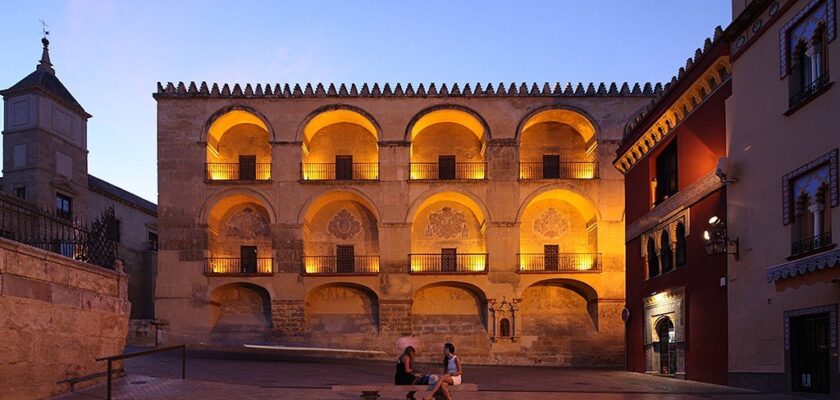Mesquita Mosque (Cordoba Mosque)
The Mesquita Mosque is the jewel of the Spanish city of Cordoba, it is still known by its Arabic name despite the Catholic Cathedral invading its center. It is the only mosque left from medieval Spain and one of the largest in the world.
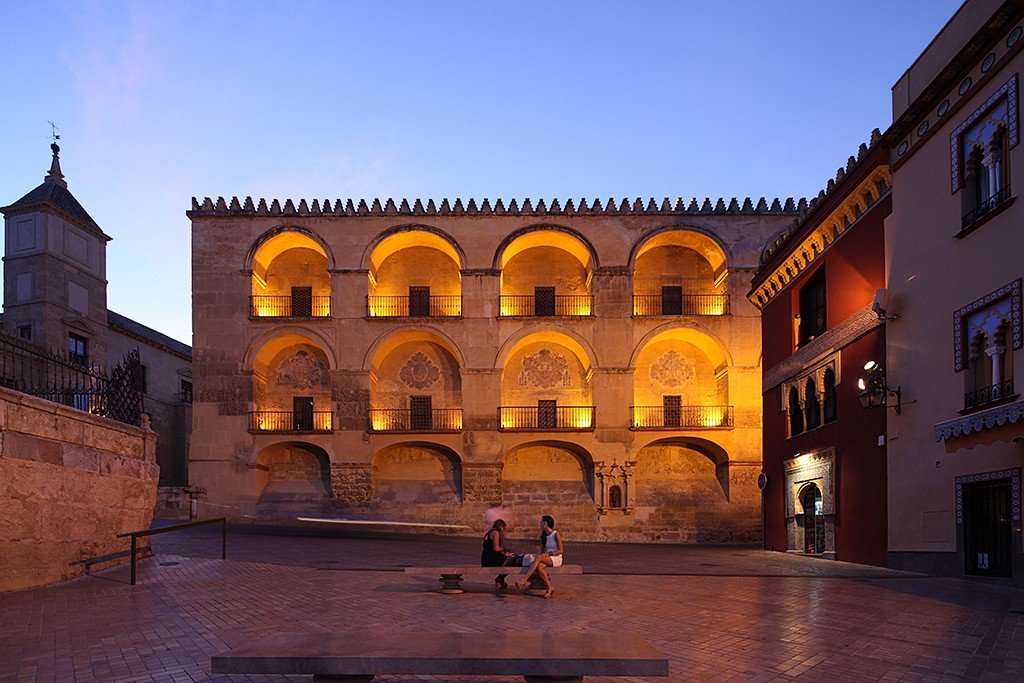
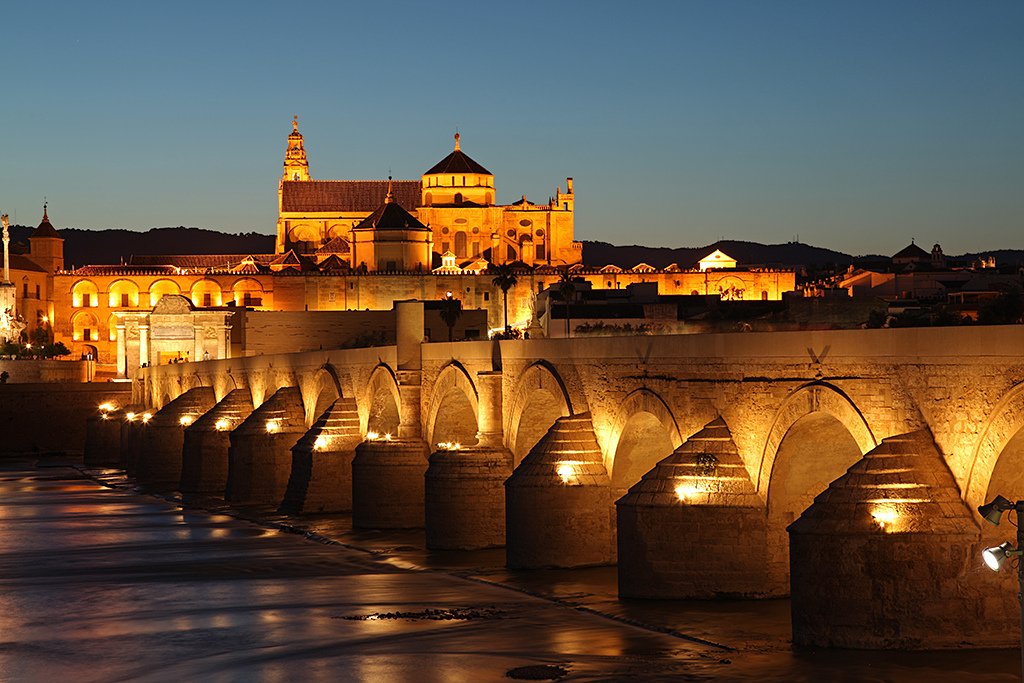
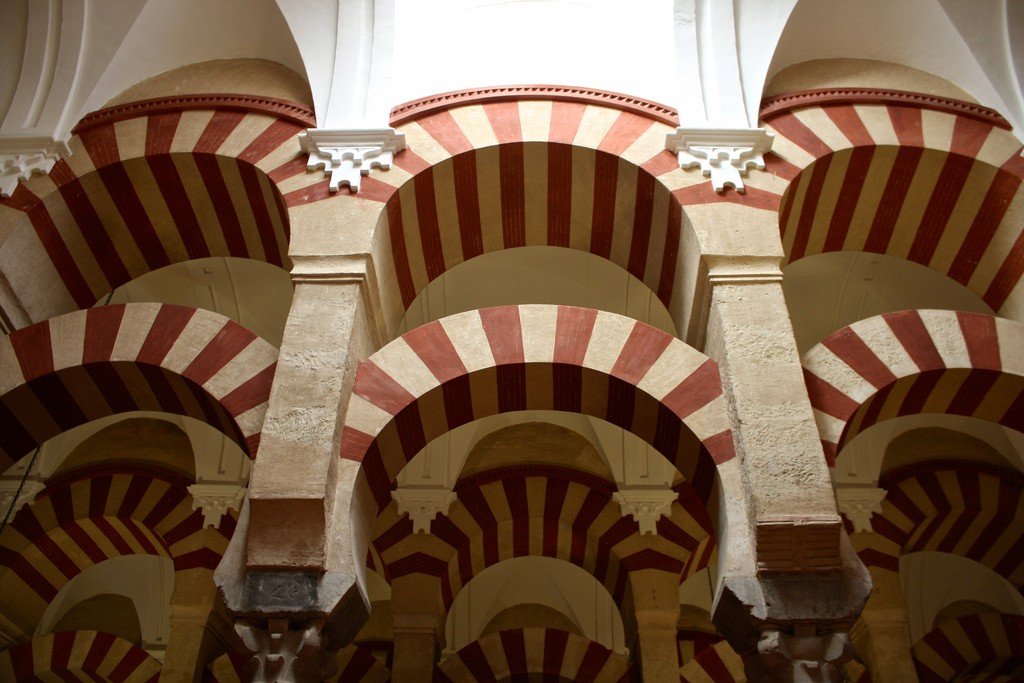
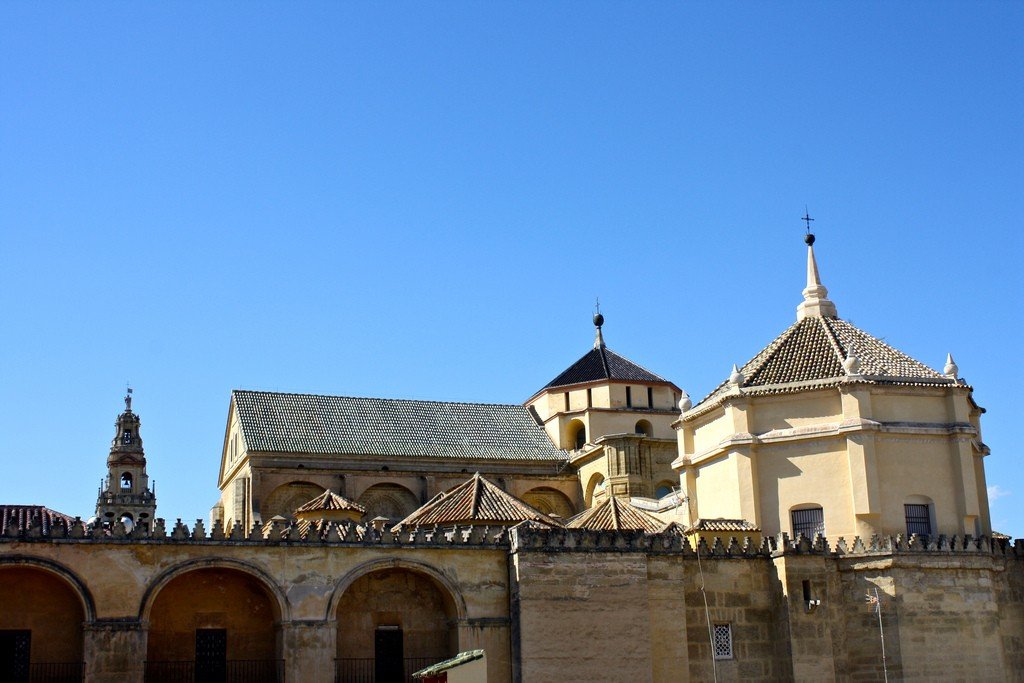
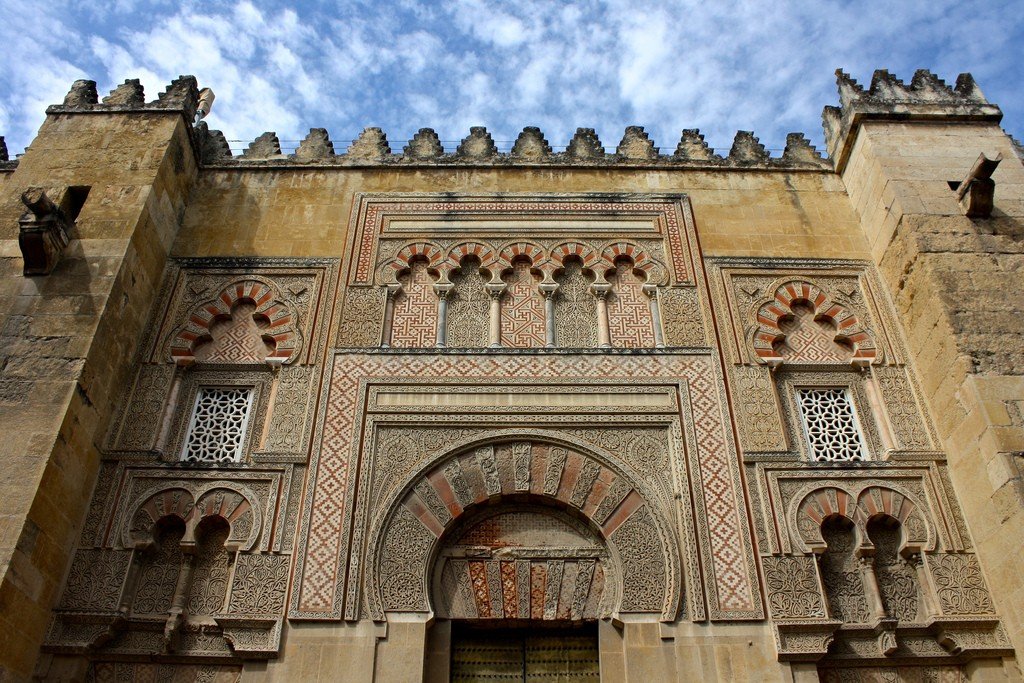
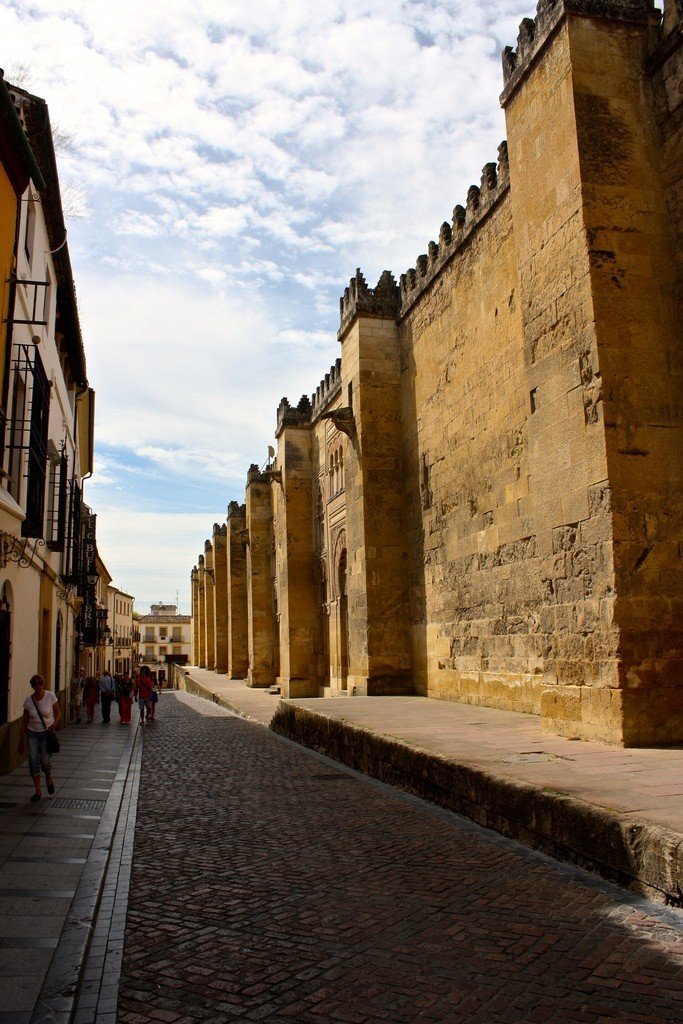
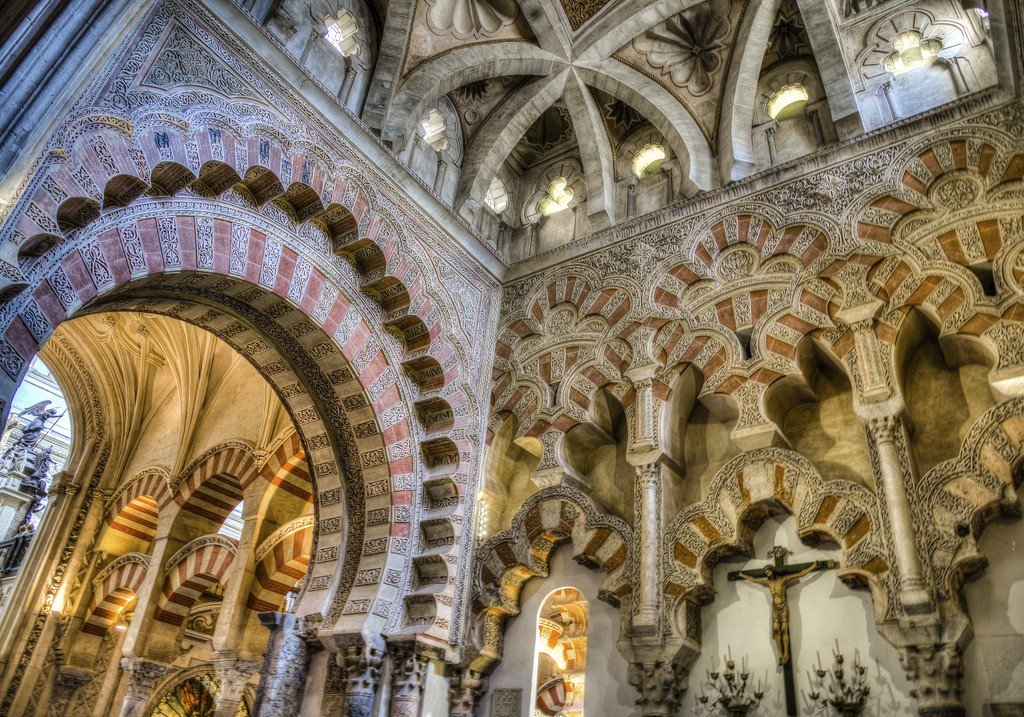
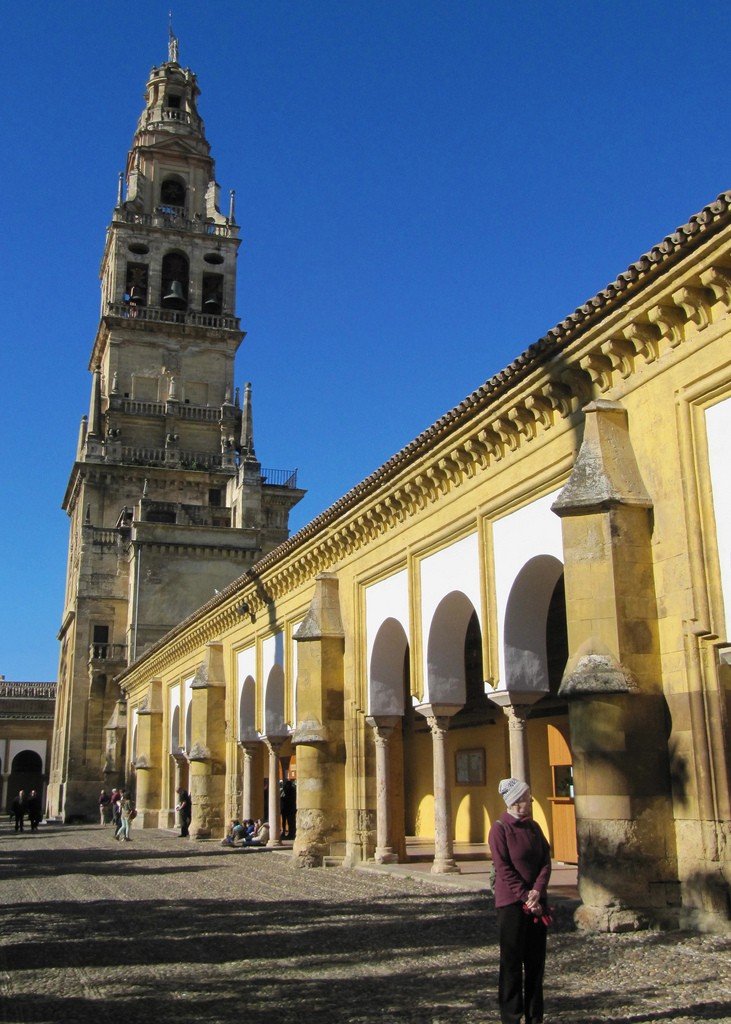
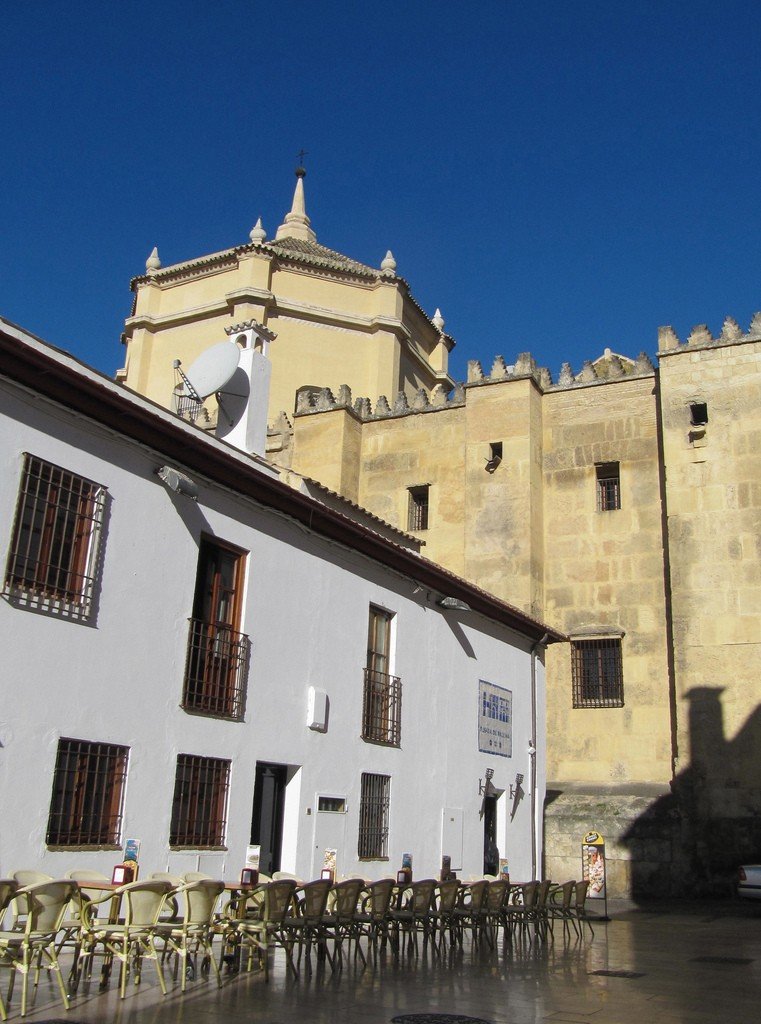
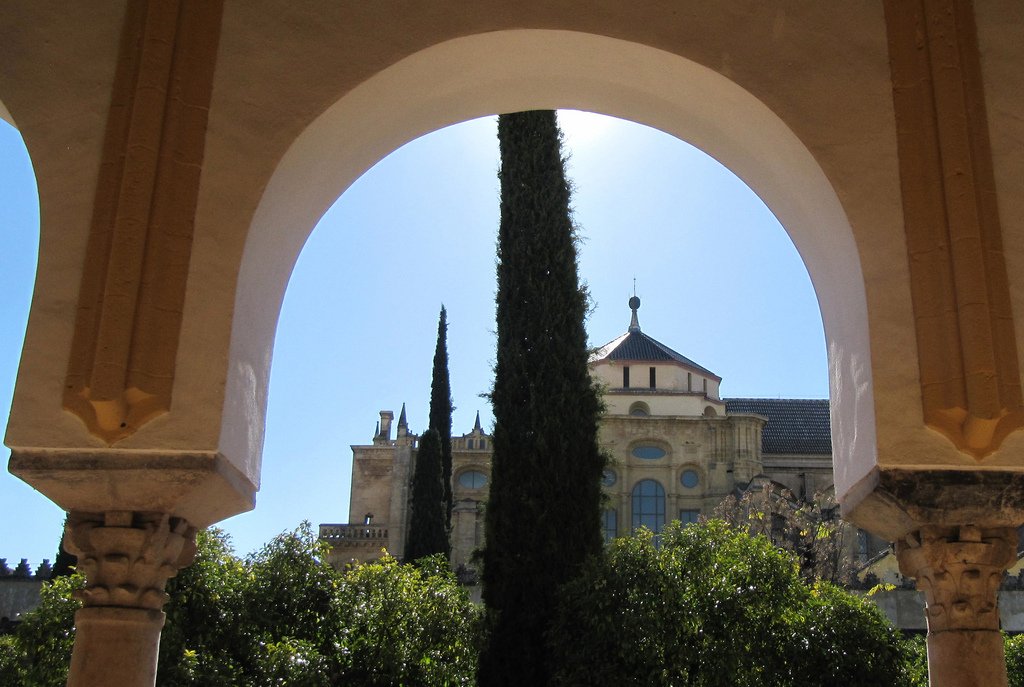
General information
The huge, walled Mesquita covers an area of 24,000 square meters. The structure began to be built in 785, then expanded in 848 and 961, and finally almost doubled its original size in 987. At first you will see the Puerta del Perdon, a huge gateway next to a baroque bell tower built on the site of an ancient minaret. In front is the beautifulPatio de los Naranjos with orange trees whose fragrant blossoms in April are unforgettable. When one enters the oldest part of the mosque, it becomes clear why Charles V ordered the building to be preserved, despite intense pressure from the church to destroy it. It is a masterpiece: rhythmically repeating horseshoe-shaped arches give rise to a sense of infinity, in keeping with Islam. Each of the 824 columns is distinct from the other, as are their capitals, which were mostly borrowed from Roman and Visigothic structures.
Once inside the mosque, walk along the left side of the cathedral to the extreme wall of the Qibla, Although it is supposed to face towards Mecca (southeast of Cordoba), it actually faces south. Here is the most impressive part of the Mesquita, the prayer niche or mihrab, from where the Imam addresses the faithful in prayer. Look closely at the elaborate mosaics and dome decorated by Byzantine craftsmen, as well as the entire maksura: this marble-lined space was once reserved for the caliph and his entourage. The marble cornices are carved with texts from the Quran, and the earliest Spanish stucco, which would later come to dominate Nasrid and Mudéjar architecture, can also be seen here.
.From here go to the Tesoro, a rather heavy Baroque chapel with a massive gold and silver (122 kg) gift bearer by Enrique de Arfe (1516). Since 1518 it has been brought out every year at the Feast of Corpus Christi (Corpus Christi). From here, turn towards the royal chapel of Capilla Real (14th century), built under Alfonso X and decorated with Mudejar-style stucco. Another treasure of Mesquita is the Renaissance-Baroque cathedral (1523-1617), which is located in the center of the mosque, thus destroying its unique harmony. Of interest here are the beautifully carved seats of the choir (1750). As you leave the building, note the remarkable carvings of the outer gate from Calle de Torrijos (the western wall of the Mesquita), where there was once a passage to the caliph’s palace.
.